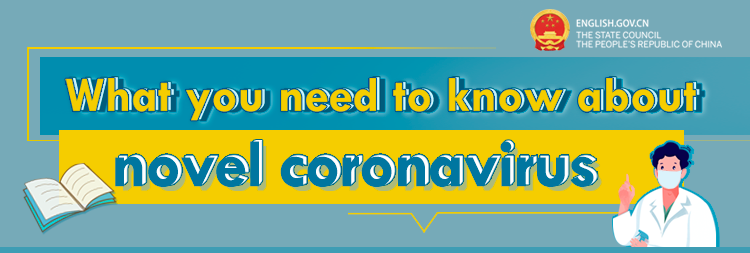Viruses are non-cellular microorganisms, with small size, simple composition and one kind of nucleic acid, that can multiply only in living cells.
As a positive-sense single-stranded RNA virus, coronavirus is a large family of viruses that exist widely in nature. It is named after corona for the corona-looking spikes that protrude from the envelopes of the virus. Coronavirus can cause multiple diseases in humans and animals, including respiratory diseases, gastrointestinal diseases, neurological diseases such as Severe Acute Respiratory Syndrome (SARS) and Middle East Respiratory Syndrome (MERS).
In the recent epidemic outbreak control, among the patients with pneumonia of an unknown cause first identified in Wuhan, the virus isolated from their lower respiratory tract is a new type of coronavirus, named as COVID-19 by the World Health Organization (WHO), which also named the disease caused by the virus COVID-19 (Coronavirus disease 2019).
As a Group Beta coronavirus, the COVID-19 has an envelope and round or oval particles with a diameter of 60-140nm, and is often polymorphic. COVID-19 is sensitive to ultraviolet rays and heat and be effectively inactivated by 56 ° C for 30 minutes and lipid solvents such as ether, 75% ethanol, chlorine-containing disinfectants, peracetic acid, and chloroform. However chlorhexidine cannot effectively inactivate the virus.
The genetic characteristics of the COVID-19 are significantly different from SARSCoV and MERS-CoV. Current researches have shown that it has a homology of more than 85% with bat SARS-like coronavirus (bat-SL-CoVZC45).
(Reference: Microbiology (Eighth Edition), National Prescribed Textbooks for the Undergraduate Programme between 2011 and 2015, Health Education Manual for COVID-19 Control issued by National Health Commission and China Health Education Center; Diagnosis and Treatment Protocol for COVID-19 (Trial Version 7) issued by National Health Commission and National Administration of Traditional Chinese Medicine; Press Conference of China-WHO Joint Mission on COVID-19 on February 24th, 2020)
Source: Chinese Center for Disease Control and Prevention


